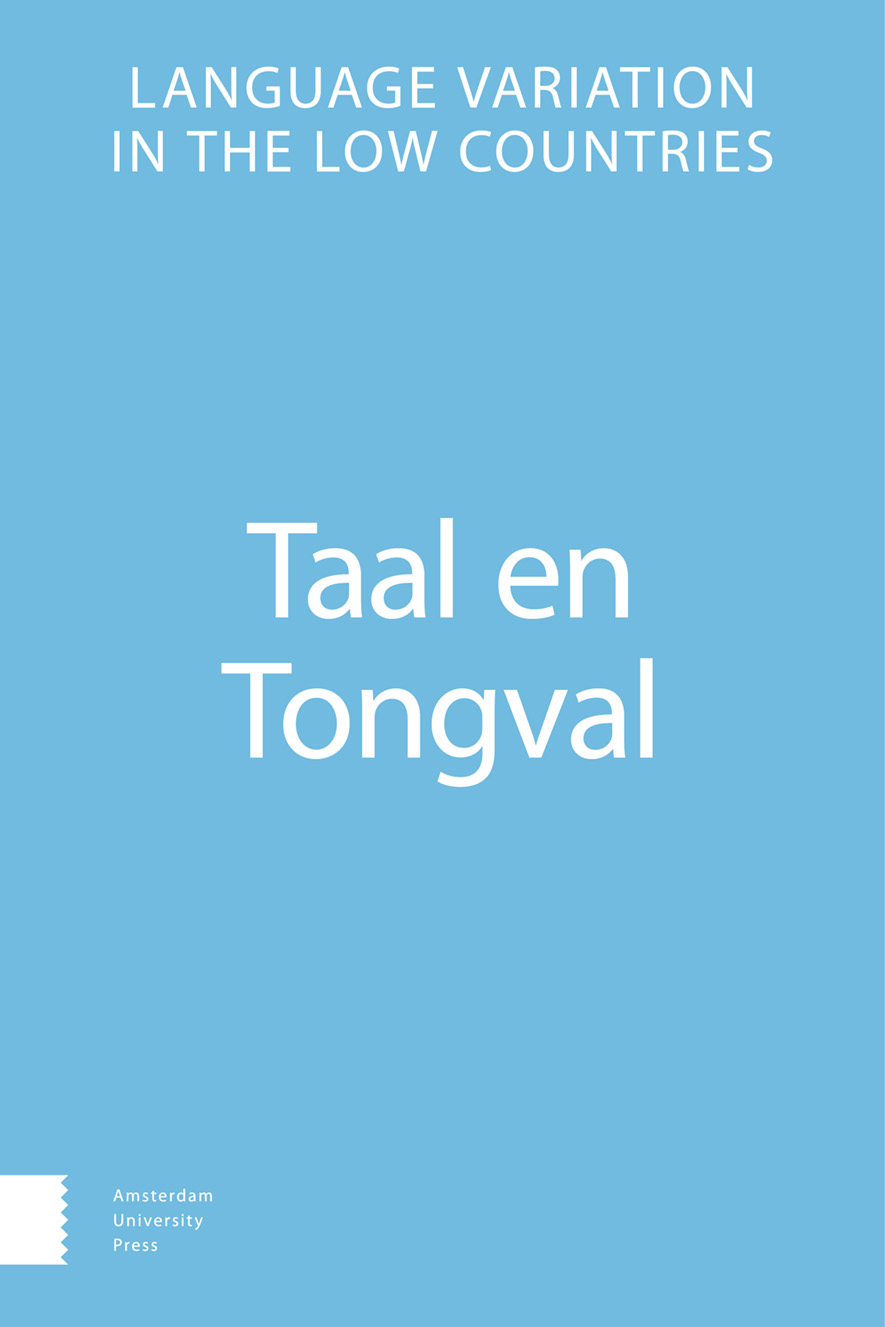- Home
- A-Z Publications
- Taal en Tongval
- Previous Issues
- Volume 65, Issue 1, 2013
Taal en Tongval - Volume 65, Issue 1, 2013
Volume 65, Issue 1, 2013
Language:
English
-
-
oa Local and international perspectives on the historical sociolinguistics of Dutch
More LessAuthors: Marijke van der Wal & Wim VandenbusscheThis paper introduces the field of historical sociolinguistics and gives a brief impression of the advances made during the last three decades. Furthermore, the relationship between local and international perspectives is stressed, while discussing the papers in the present Taal & Tongval issue. Finally, new research perspectives and the importance of using original archive sources come to the fore.
-
-
-
oa The role of Dutch in the development of East Anglian English
More LessDutch speakers may or may not have contributed a certain amount of lexical material to modern East Anglian dialects. There is a much stronger case to be made, however, for arguing that Dutch speakers did have a rather profound infl uence on the morphology of East Anglian English, dating from the time when almost forty percent of the population of the capital of East Anglia, Norwich, were refugees from the Low Countries. Read More
-
-
-
oa Een inleiding tot de sociolinguïstische geschiedenis van het Nederlands in vroegmodern Groot-Brittannië
More LessThis article provides an initial overview of a subject which has to date received litttle academic attention: the use of Dutch in early modern Britain. The picture that emerges is that the Dutch language was used in a variety of social contexts, including the church, work, the home and at court, in particular that of the Anglo-Dutch King, William III. Although for most of those who used the language in Britain Dutch was their mother t Read More
-
-
-
oa Codification and reallocation in seventeenth-century Paris
More LessThis paper takes issue with the traditional (standard-oriented) account of codifi cation in French commonly presented in histoires de la langue. In them the seventeenth-century grammarians are portrayed (a) as being engaged, in a detached and rational way, in a programme of intellectual and aesthetic perfection of the language, and (b) as being the country’s linguistic legislators, working (teleologically) to design and set u Read More
-
-
-
oa Small but tough - Diminutive suffixes in seventeenth-century Dutch private letters
More LessDuring the seventeenth century, the use of diminutive suffixes in Dutch was changing: the [kə] suffix was making way for the present-day Standard suffix [jə] – a transition which involved many hybrid suffixes – and the present-day substandard [i] also made its entrance. In this paper, the use of the different types of diminutives in private letters of the seventeenth-century Letters as Loot corpus will be examined for regional and s Read More
-
-
-
oa Change, contact and conventions in the history of Dutch
More LessAuthors: Gijsbert Rutten & Marijke van der WalThe paper discusses variation and change in seventeenth- and eighteenth-century Dutch, reviewing the importance of two types of explanation, the first focusing on dialect contact resulting from immigration as the locus of change, the second stressing the importance of writing conventions. Using a unique corpus of private letters from all social ranks, we discuss various phonological and morphosyntactic variables. We argue Read More
-
Volumes & issues
Most Read This Month
Article
content/journals/00398691
Journal
10
5
false
en

Most Cited Most Cited RSS feed
-
-
oa Taaldiversiteit in Nederland
Authors: Hans Schmeets & Leonie Cornips
-
- More Less

